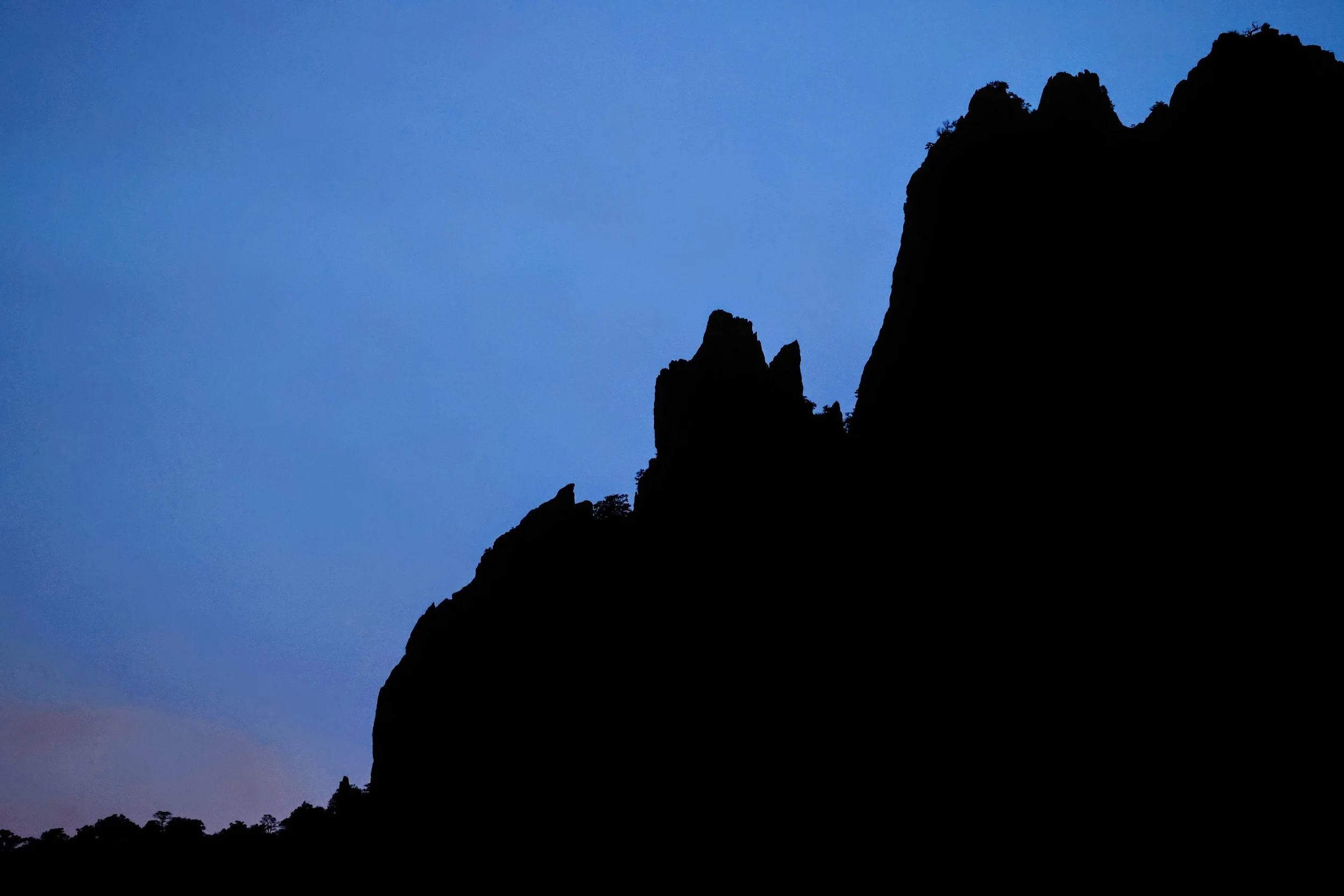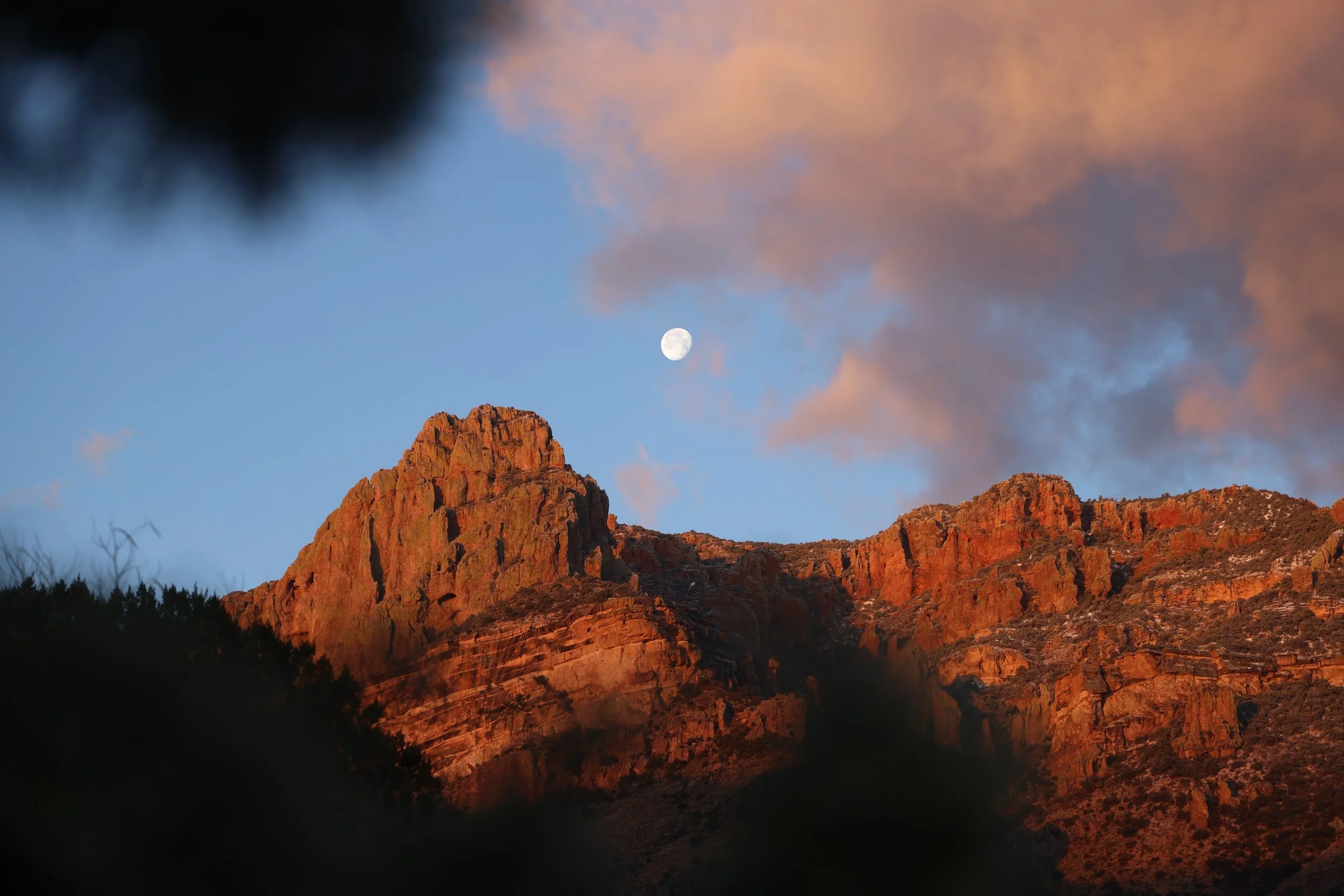The Chiricahua Mountains
This year’s annual birding trip took us to a remote corner of southeast Arizona. The Chiricahua Mountains rise dramatically from the Chihuahuan Desert floor, providing great biological diversity similar to other sky islands of Arizona. In an inhospitable landscape, the green hillsides of the Chiricahuas stand out as you approach them. It makes sense why birds would be drawn here.
The sky island regions include federally protected wilderness - a patchwork that collectively makes up the 1.8 million acre Coronado National Forest. Some people refer to the Chiricahuas as the “Yosemite” of Arizona. This particular sky island is uniquely located at the convergence of four ecosystems: the Sonoran and Chihuahuan Deserts, the Rocky Mountains, and the Sierra Occidental (a mountain range in Mexico). And it contains some of the most dramatic rock formations in the network of sky islands.
We stayed at Cave Creek Lodge, located at the base of a canyon in the shadow of jagged pink and yellow rock formations. At this time of year, snow can be seen at the highest elevations. The lobby here contains a vast library of science and nature books. The lady who runs the front desk is a retired botanist. The grounds are quiet and peaceful as we check in, but the air is filled with birdsong. The lobby has a large fireplace and cozy seating that makes you want to curl up with a good book.
This region is a rich biological zone that supports over 7,000 species of plants and animals. Scientists study rare endemics at research stations (including one run by the Museum of Natural History in New York). Astronomers look at the stars in one of the darkest skies in the US. In fact, over 60 astronomers call this town home. And birders come to see a stunning variety of species that enjoy this sanctuary. It is considered one of the top birding destinations in the country.
Each evening, we watched a fox leave his den and head out into the darkness. And then, the real entertainment would begin. Completely disconnected from technology, we set up chairs and looked up. The thousands of stars sprinkled across the night sky provided all the entertainment we needed. Each evening offered a view of the most stars I had ever seen.
Do you love skunks? This is the only place in the United States with four species of skunk. Despite this fun fact, very few people visit here. At a time when national parks are adding reservation policies due to the overflow of visitors, I consider remote areas like this one a “hidden gem”. Located about halfway between Tucson and El Paso, its distance from large cities and few passable roads keep the crowds down. It is the most remote sky island - others are located closer to Tucson. And therefore, the Chiricahuas make an ideal refuge for many animals (or for humans looking to escape the city for a long weekend).



